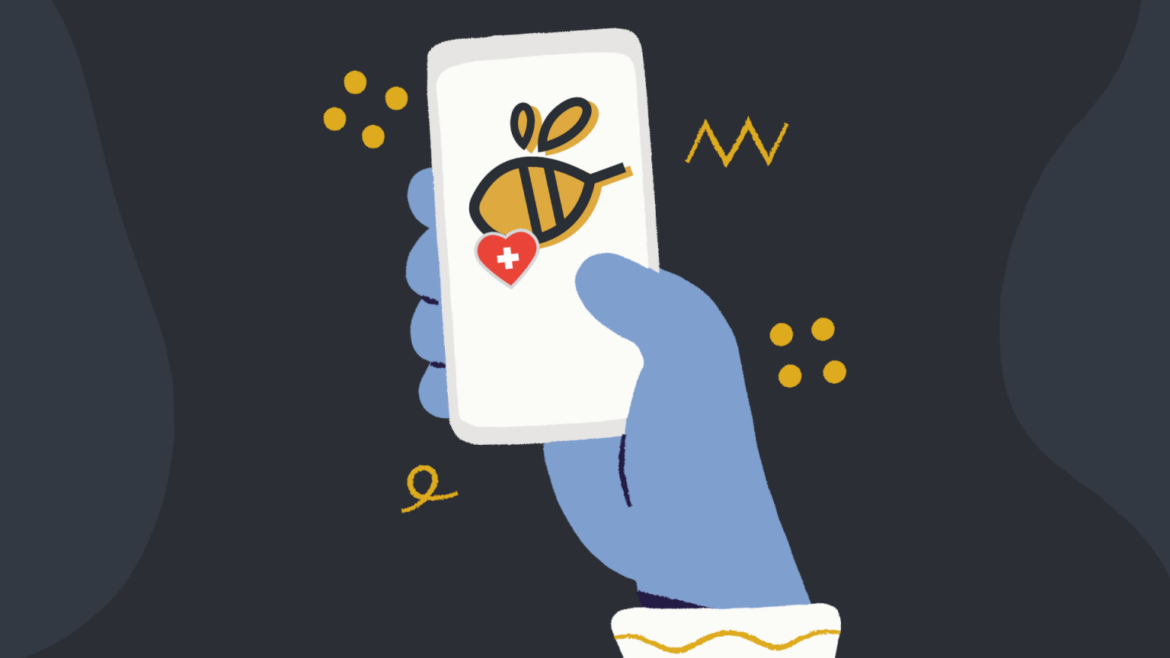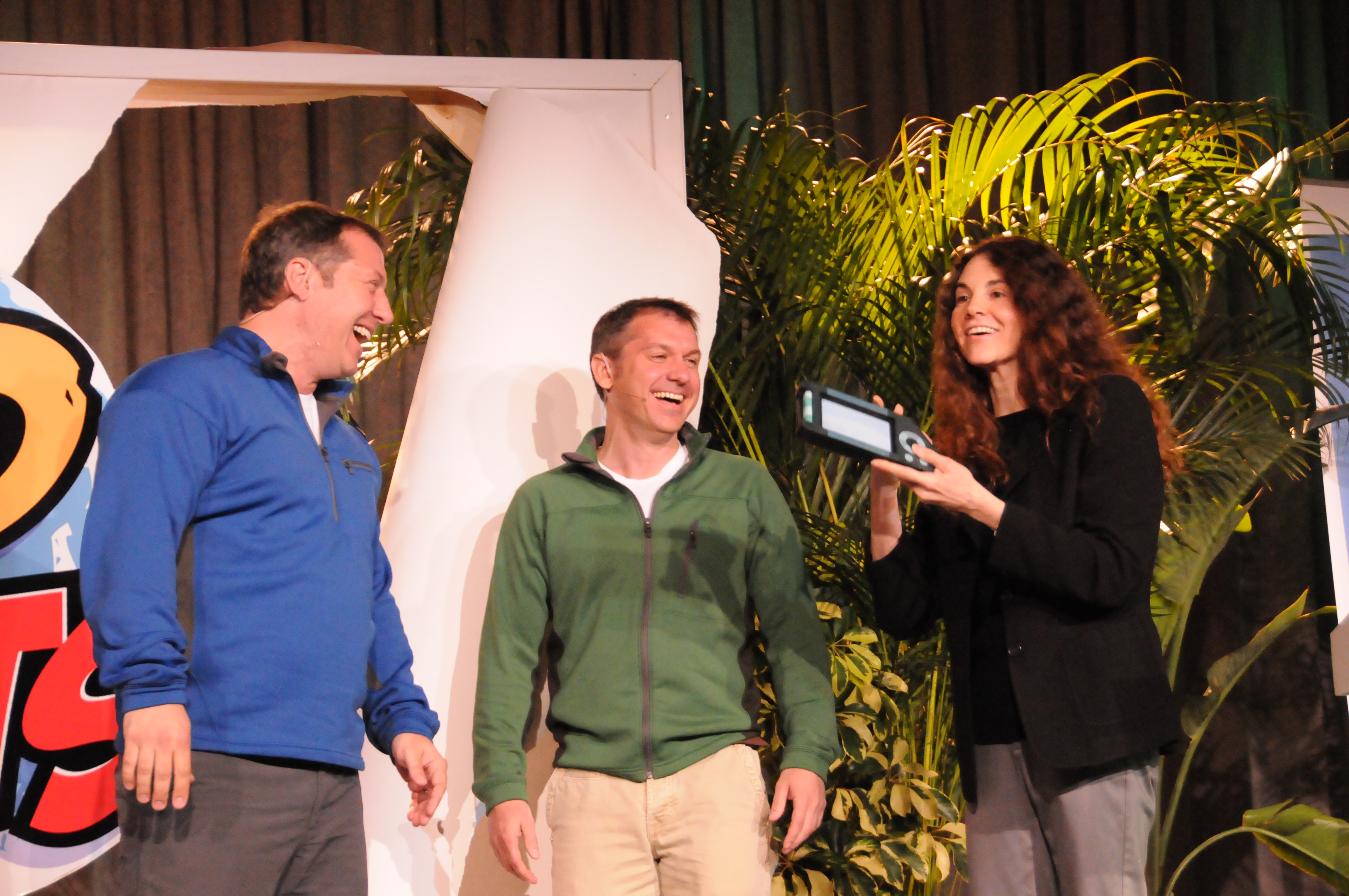How The Jersey Bee uses journalism to improve public health

Simon Galperin
This article was first published on The Jersey Bee and is republished here with permission.
People need access to information and resources to make healthy decisions. It’s challenging to prioritize voting, volunteering, or bettering yourself when you’re worried about keeping a roof over your head, paying your bills, and putting food on the table.
Traditional journalism organizations encourage people to follow the news and get involved in their communities without addressing the barriers people face to civic participation.
At The Jersey Bee, our approach to journalism begins with the things that make it hard to thrive and participate in our community. Our goal is to provide a service that changes the economic and social conditions that negatively impact public health and wellness in Essex County.
That begins by enabling connection with products like our daily newsletter and weekly food and resource textline. It goes to our reporting, which we use to provide comprehensive information in response to community needs.
The Jersey Bee uses journalism to improve the quality of life in our area by treating our readers as collaborators, not just an audience. Our community’s actions as a result of The Jersey Bee’s work are what make us impactful.
From connecting with your neighbors to finding food aid to lowering your property tax bill, The Jersey Bee’s goal is to equip people with the information they need to live their best lives in our community.
Here’s more about our approach.
Journalism that addresses basic needs
The Jersey Bee follows a model of journalism adapted from healthcare, education, and social work. This model seeks to address people’s basic needs to enable their well-being.
Outside of journalism, this framework is called Maslow’s hierarchy of needs. It proposes that people need to feel physically and psychologically safe to build good relationships, set goals, and grow.

At The Jersey Bee, we call it a hierarchy of information needs. It’s a framework we use to prioritize delivering information that enables more people to participate fully in our community by addressing gaps in access to essential resources, public safety, and social connection.

This focus is reflected in our newsletter, The Daily Buzz, where approximately one in six of the nearly 3,000 pieces of news we reported from October 2023 to March 2024 was a way for people to access aid or resources.
The Daily Buzz is itself a public health tool allowing The Jersey Bee to address the epidemic of loneliness and isolation in our community by providing easier access to events, volunteering, and other social connections outside of harmful social media feeds. Approximately one-third of the news in The Daily Buzz is upcoming local events, usually accessible within 15 minutes of the community the newsletter serves. Ten percent is opportunities for volunteering or activism.
Our food and resource text line goes one step further, ensuring the most critical news reaches people directly by text message.
The Jersey Bee’s original reporting has also focused on making life in our community easier to access and understand. With our new, dedicated public health reporter, we’re able to provide even more comprehensive journalism about the issues impacting health and safety in East Essex County.
The Jersey Bee uses journalism tools like newsletters, social media, calendars, text messages, and reporting to produce news that responds to basic needs.
Here’s more about how our community-centered process enables our impact.
Our theory of change
The Jersey Bee’s theory of change relies on collaborating with the people we serve to identify resources, pinpoint challenges, and use media, technology, and education to build bridges between problems and solutions.
A theory of change is a set of observations, interventions, and assumptions organizations use to reach intended outcomes. The Jersey Bee’s theory of change aims to minimize harm, maximize public input, and support movements for progress in our community. Each stage builds on the one before it. Here’s how it works.
Begin by listening
People and organizations in local communities are already relaying helpful information online, in person, on bulletin boards, and elsewhere without professional journalists’ involvement. The Jersey Bee begins by listening and learning where people get local news to understand what matters and what’s missing. To accomplish this, The Jersey Bee follows hundreds of local information sources across our coverage area.
Support what’s working
Most people are overwhelmed by the amount of information they need to filter through to understand what’s happening in their local community. The Jersey Bee uses automation and reporting to sift through thousands of articles, social posts, photos, and flyers every week to deliver useful local information in easy-to-access formats like newsletters, calendars, social cards, or text messages.
Enable participation
People want ways to connect with and contribute to their local community. The Jersey Bee builds an audience for its news products so more people can access local events and information. That includes prioritizing content that enables civic engagement and asking people directly what they want to know or contribute to local news — from questions about life where they live to experiences they think others should know about.
Build media literacy
People want to make and consume media that helps their community. The Jersey Bee teaches media literacy and community journalism through its Civic Media Corps, offering participants an opportunity to work with our newsroom and collaborate with our journalists to produce reporting that addresses local information needs.
Enable better outcomes
People with access to quality civic news and information, media and storytelling skills, and connections to their community can improve their well-being and the quality of life where they live. The Jersey Bee provides content, tools, and platforms that inform and equip people with civic information, media literacy skills, and social connections that are the building blocks of healthy, thriving communities.
This theory of change starts with understanding the needs of the people we serve and continues by collaborating with them to ensure The Jersey Bee’s journalism is proactive, inclusive, and solutions-oriented.
The Jersey Bee doesn’t just cover the news. We make the news useful. We aim to make a tangible difference in our community’s health and well-being. And that’s why The Jersey Bee is more than a news outlet. We’re a vital platform enabling social change and pioneering a new standard for public service local journalism.
Simon Galperin is the Executive Editor of The Jersey Bee and CEO of Community Info Coop. He is a journalist, technologist, and organizer leading initiatives to democratize journalism policy and practice.






